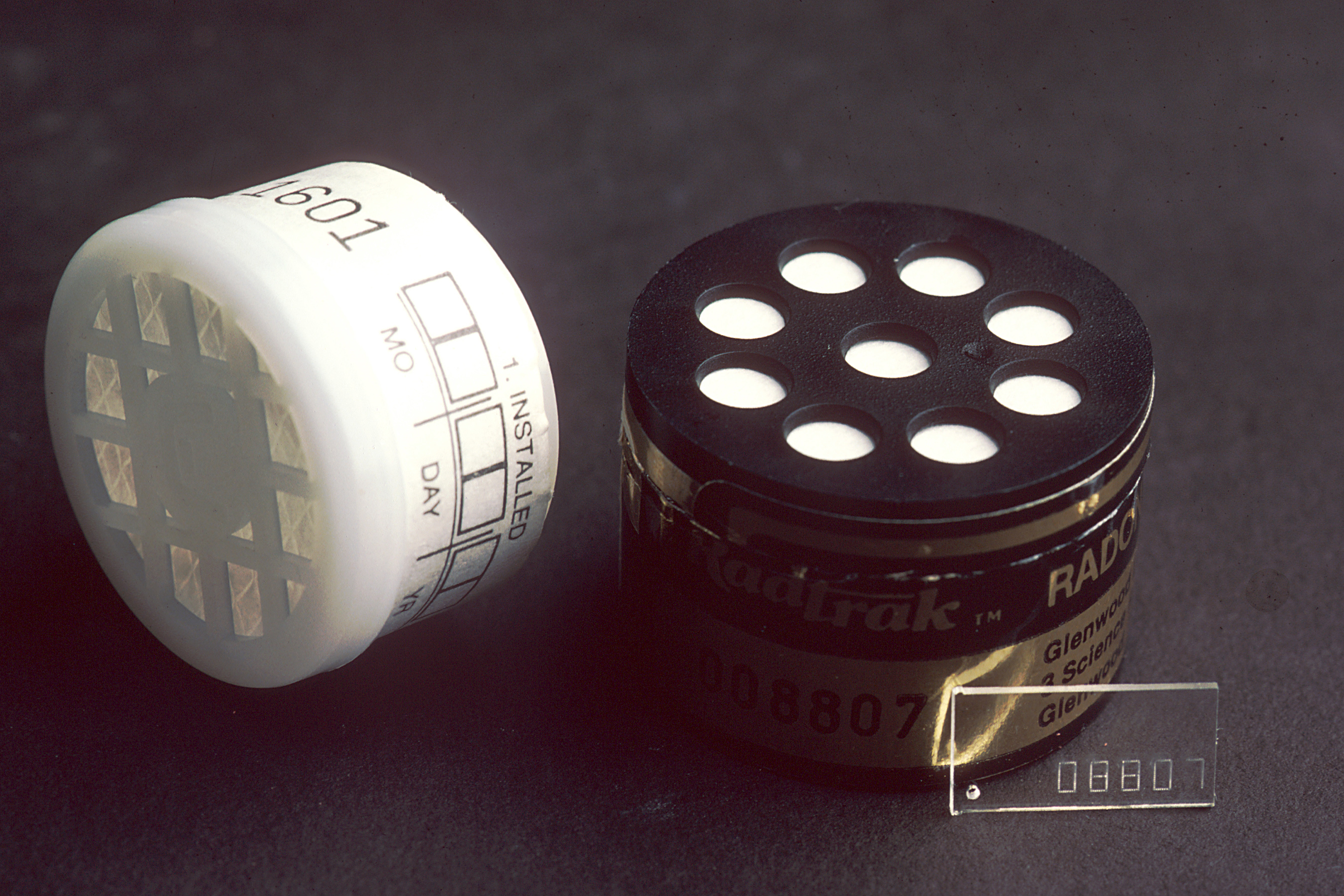
Radon is a cancer-causing, radioactive gas. It is invisible, has no smell or taste, and is the second leading cause of lung cancer in the United States causing an estimated 20,000 deaths per year.
Radon comes from the natural radioactive decay of uranium in soil, rock and water and gets into the air we breathe. Ordinarily, it dissipates to the point where the concentrations are in no way dangerous. But because it is such a heavy gas, if it gets into a building, it can become trapped and its levels can build up over time.
In homes, the largest source of radon problems is soil gas. The gas gets into homes through cracks and other holes in the foundation. It can get into old homes, new homes, drafty homes and homes that are well sealed. Radon is found in all states and nearly 1 out of every 15 homes in the US may have elevated radon levels.
The good news is that radon is easy to test for. There are many companies that will perform testing for you. There are also inexpensive do-it-yourself tests that are widely available at hardware stores and online merchants. The tests are easy to do and don’t take much time.
The other good news is that there are proven methods for dramatically lowering radon levels in homes. The necessary repairs require skilled contractors, but costs are generally about the same as other common home repairs.
The EPA maintains a comprehensive website with information, advice, and links to local experts at epa.gov/radon.
**********
.
Web Links
Photo, taken in May of 1988, courtesy of the National Cancer Institute.
.
Earth Wise is a production of WAMC Northeast Public Radio.
